IMPORTANT: I’m placing fungi in the Creatures section for convenience, but fungi are NOT plants, and they are NOT animals. They’re in their own kingdom, though closer to animals than to plants!
Here are some mushrooms we’ve found.
The top three from left to right: 1) 2) 3) Pleated inkcap
The bottom three from left to right: 1) 2) 3)
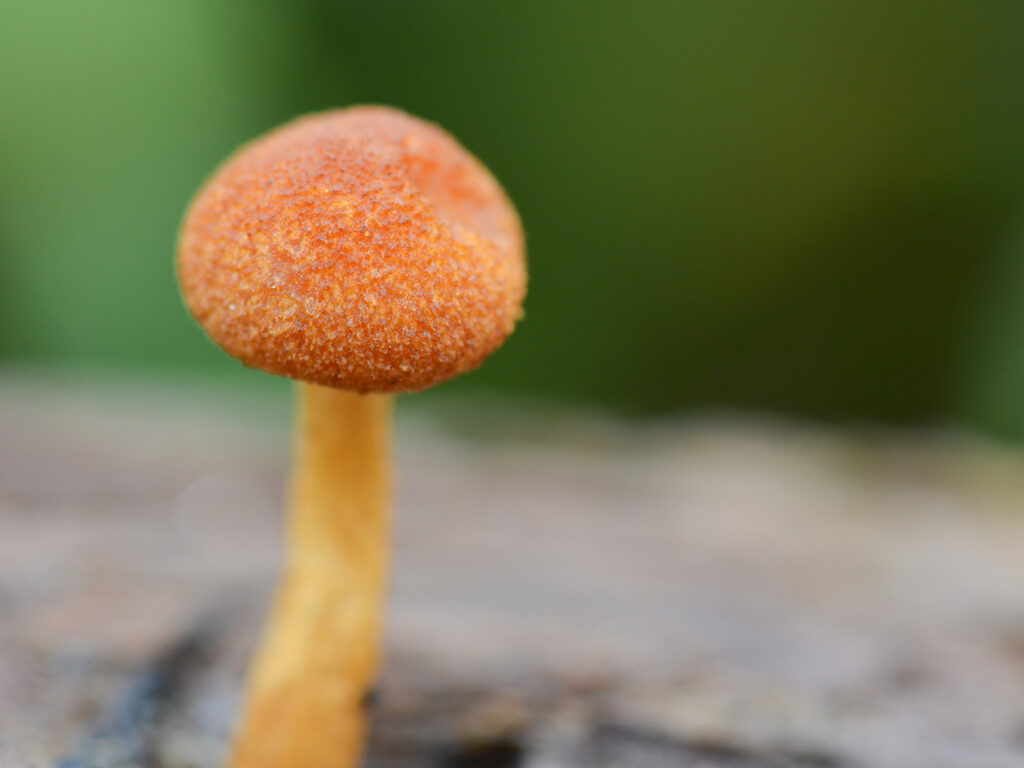
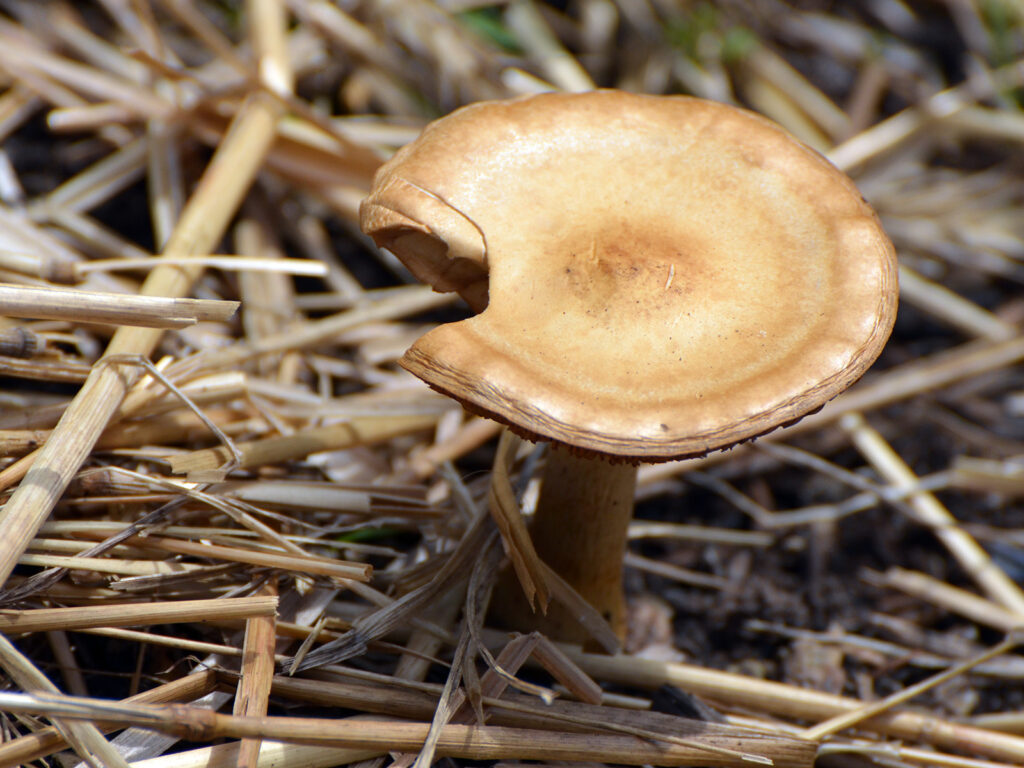
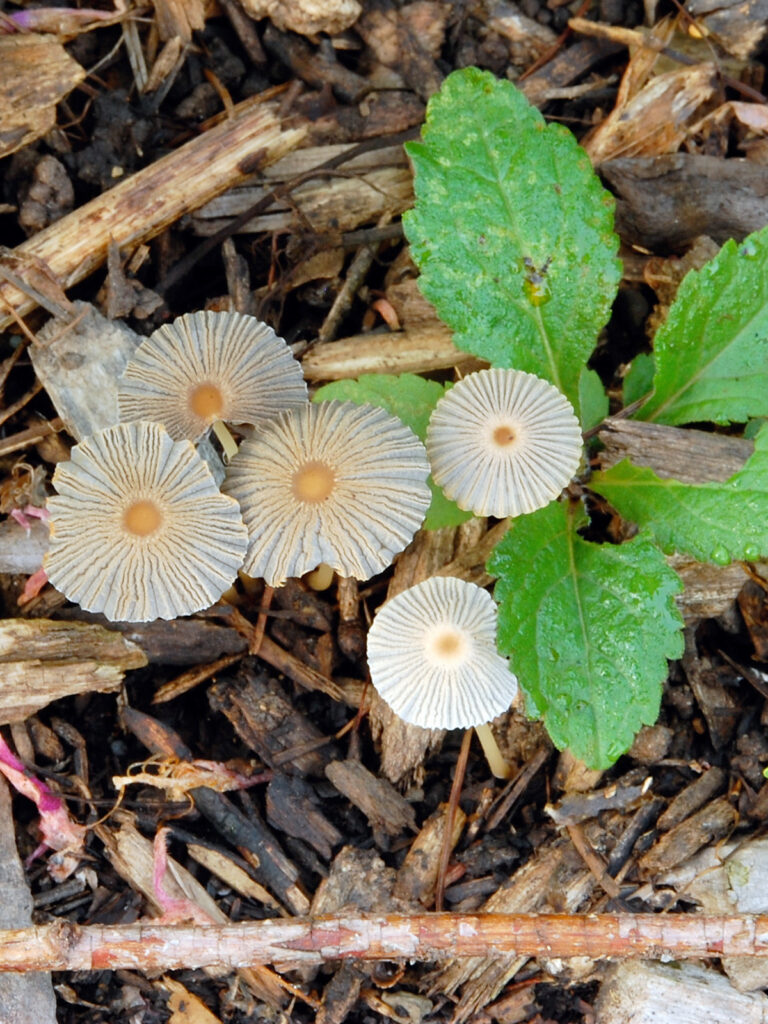

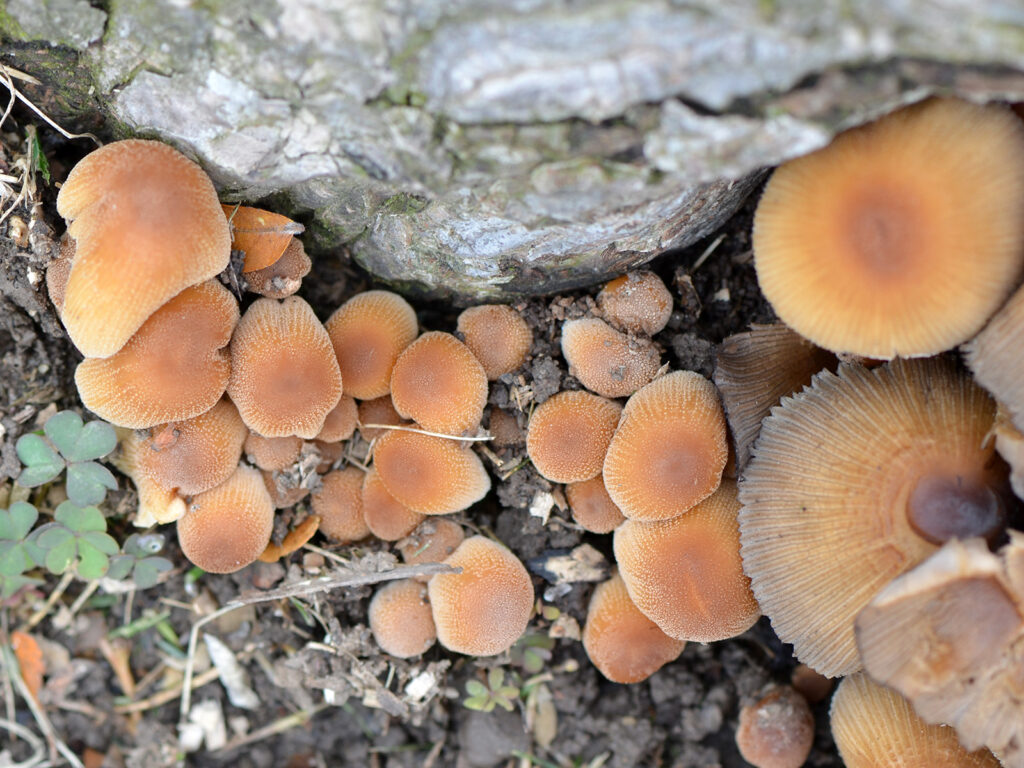
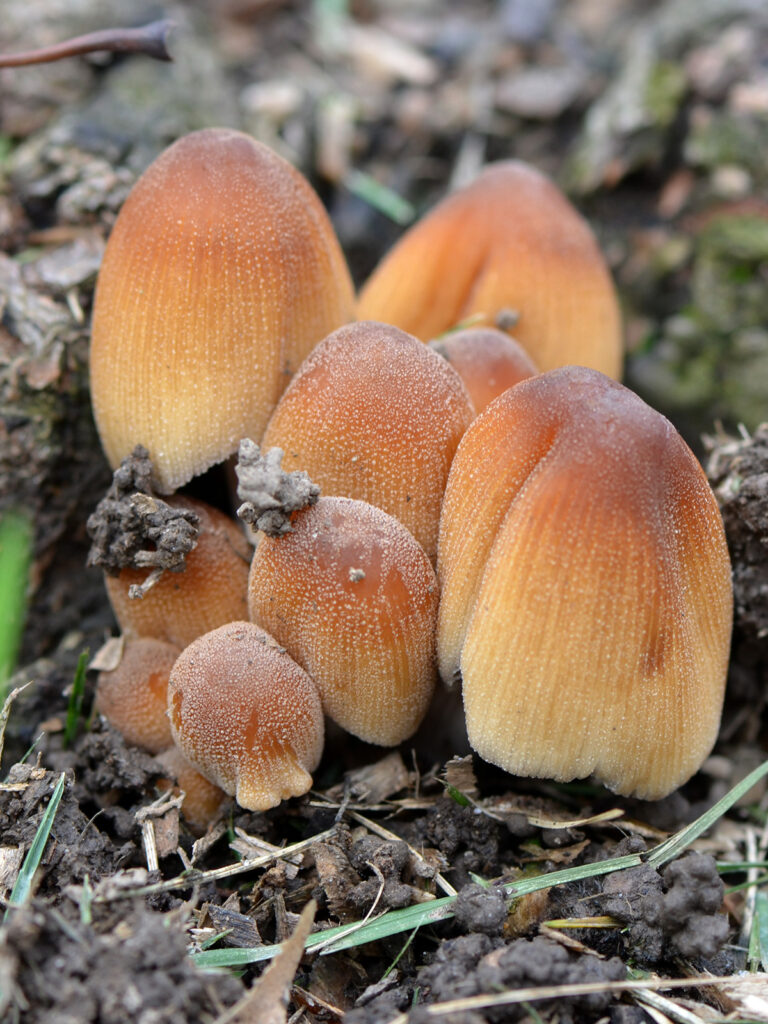
Fungus on our path
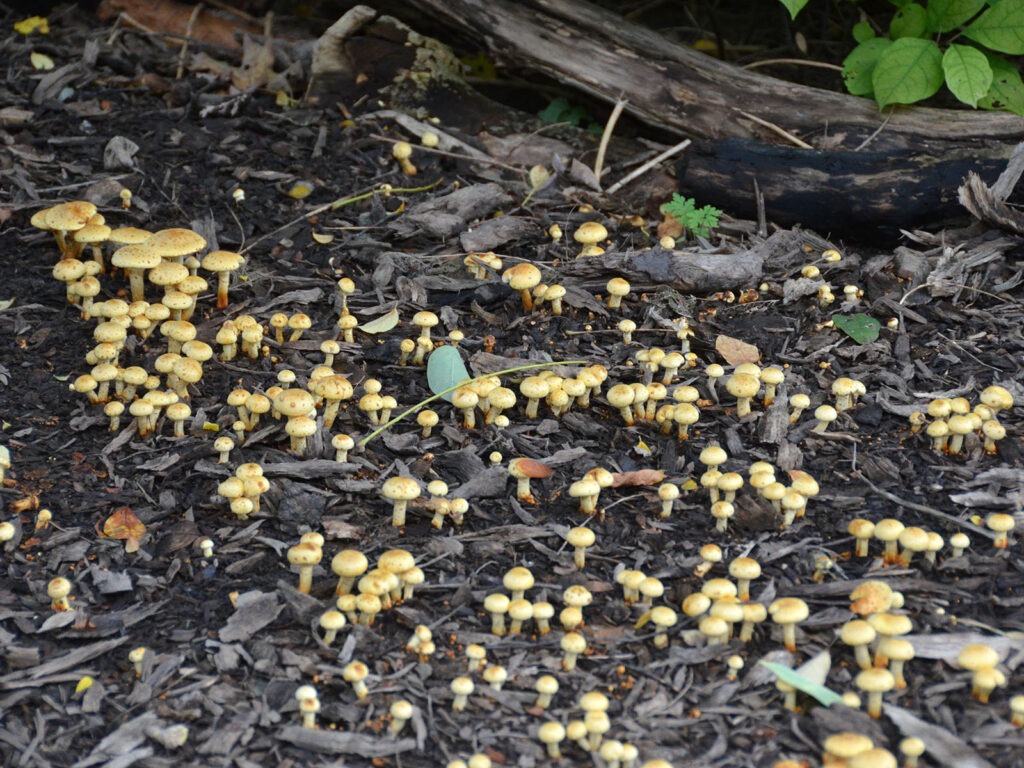
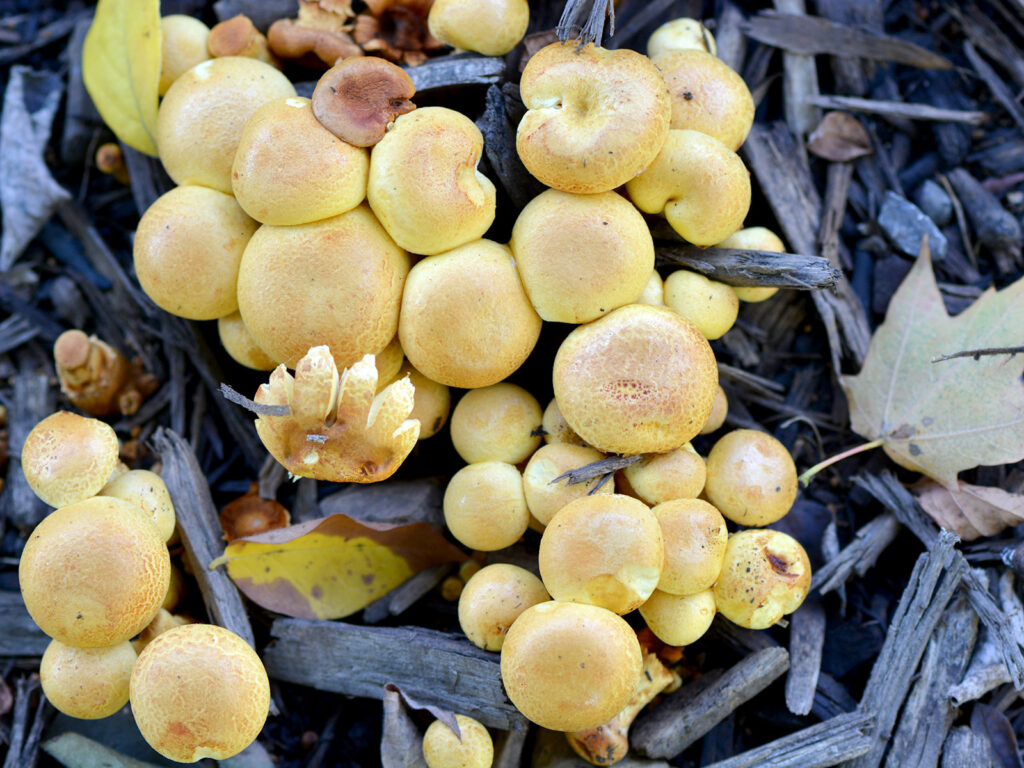

Birdnest fungus
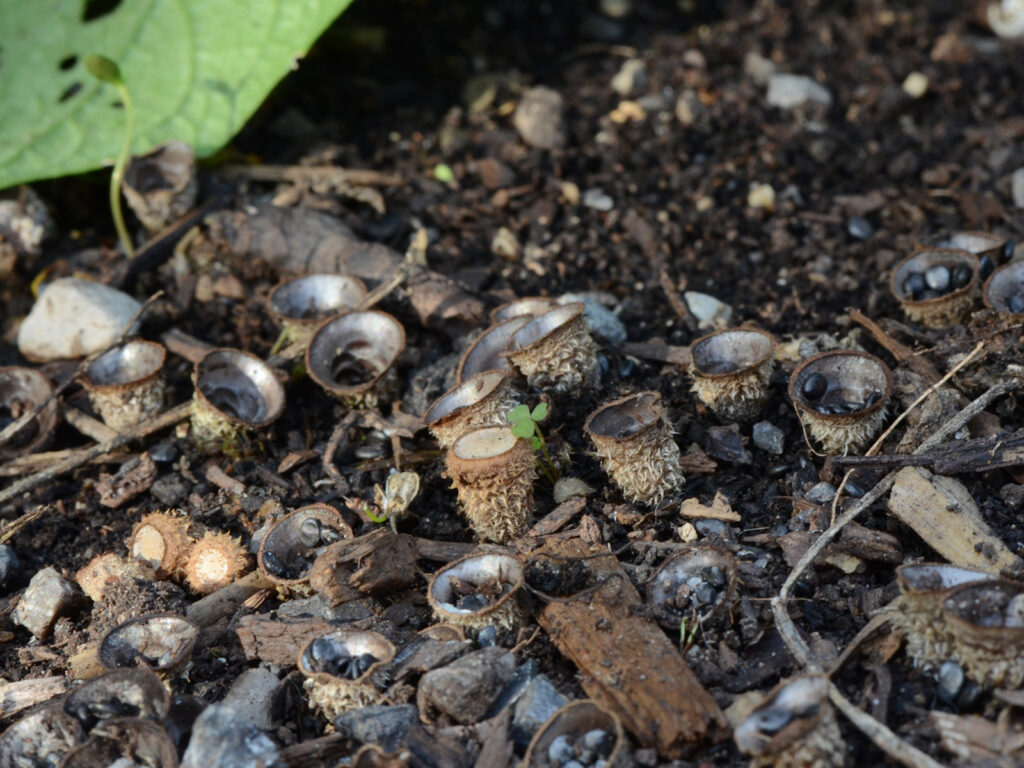
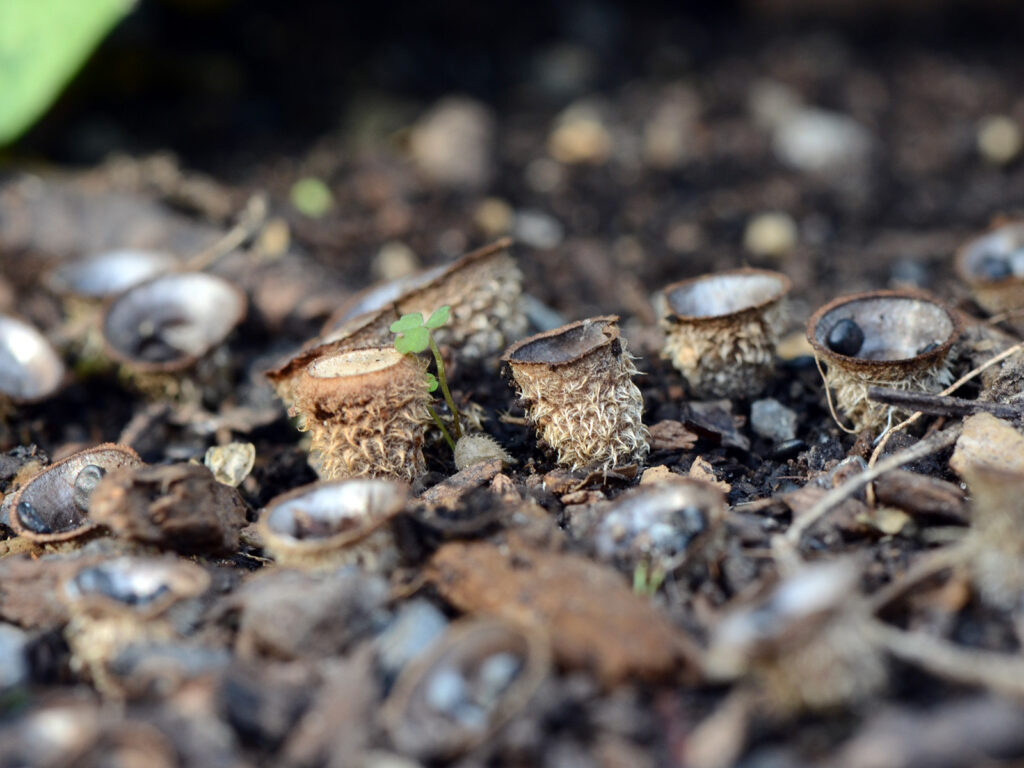
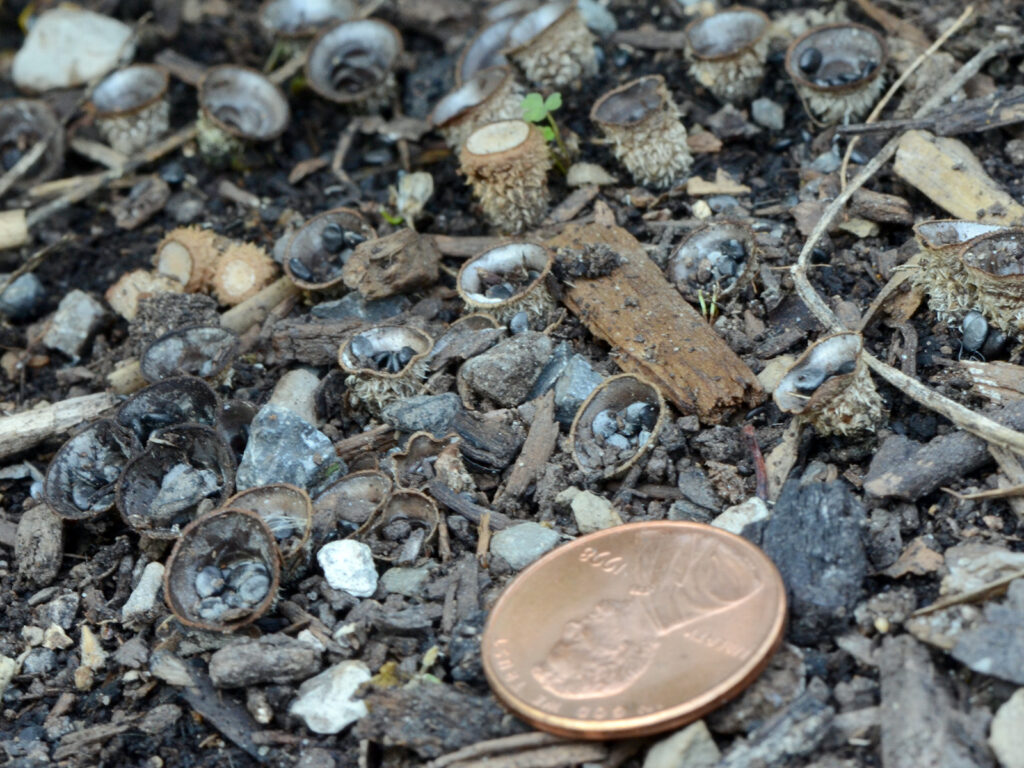
Lichen
What’s lichen? Here’s what the US Forest Service says: Lichens are a complex life form that is a symbiotic partnership of two separate organisms, a fungus and an alga. The dominant partner is the fungus, which gives the lichen the majority of its characteristics, from its thallus shape to its fruiting bodies. The alga can be either a green alga or a blue-green alga, otherwise known as cyanobacteria. Many lichens will have both types of algae.
Lichens on our trees and logs
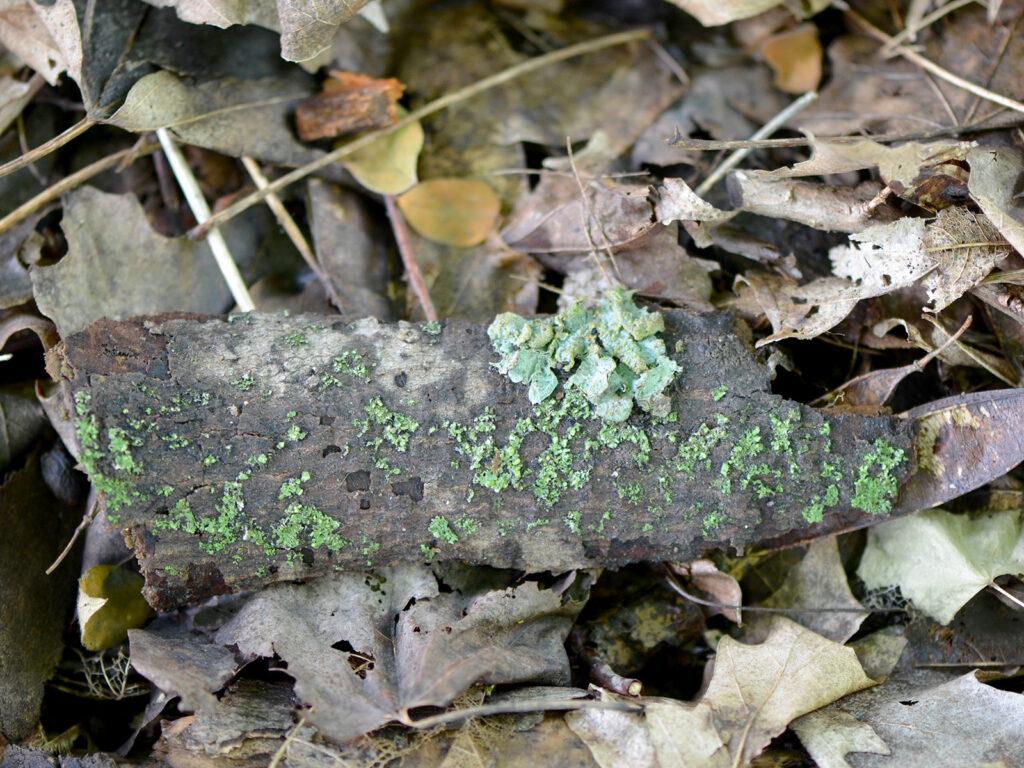
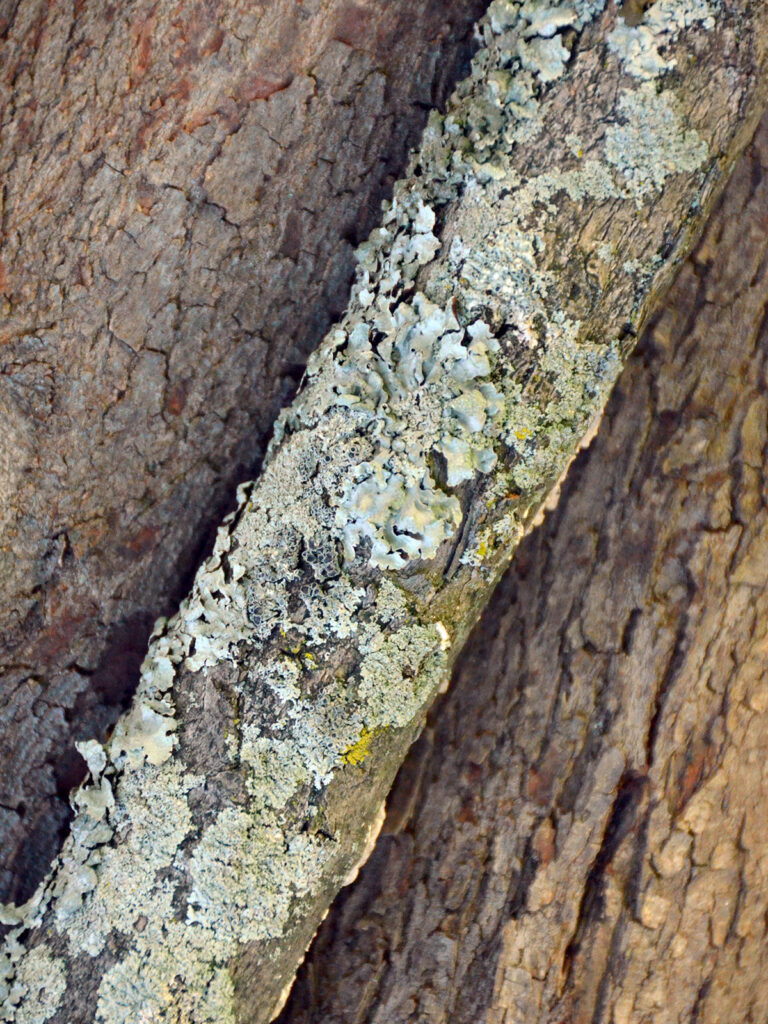
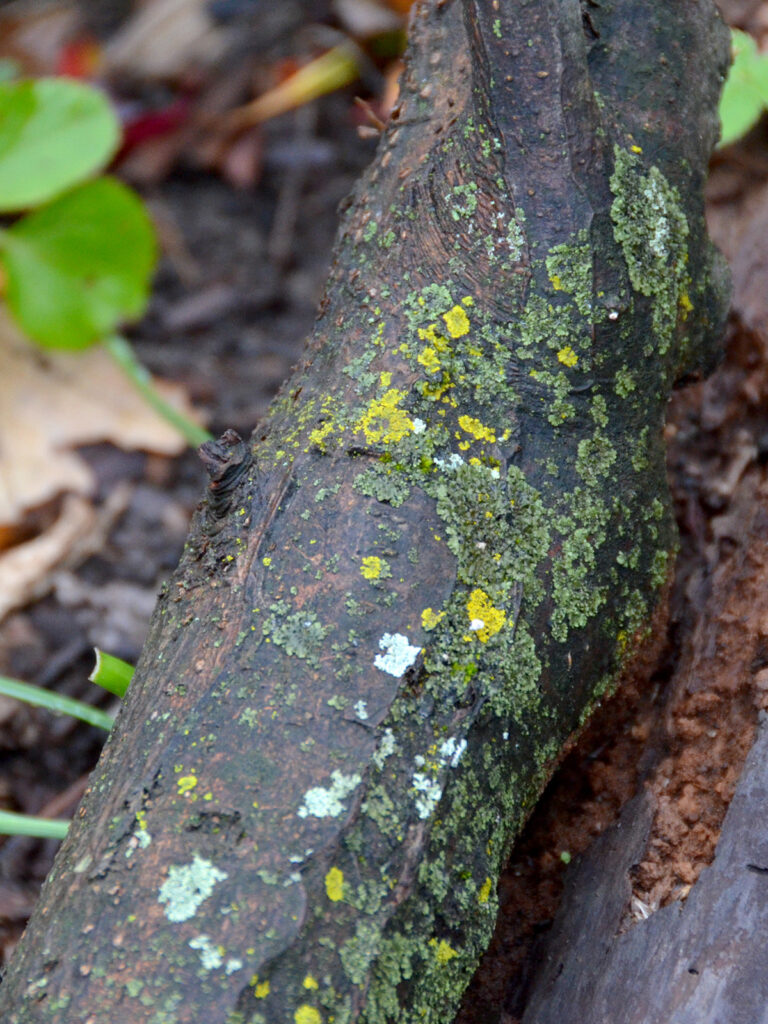
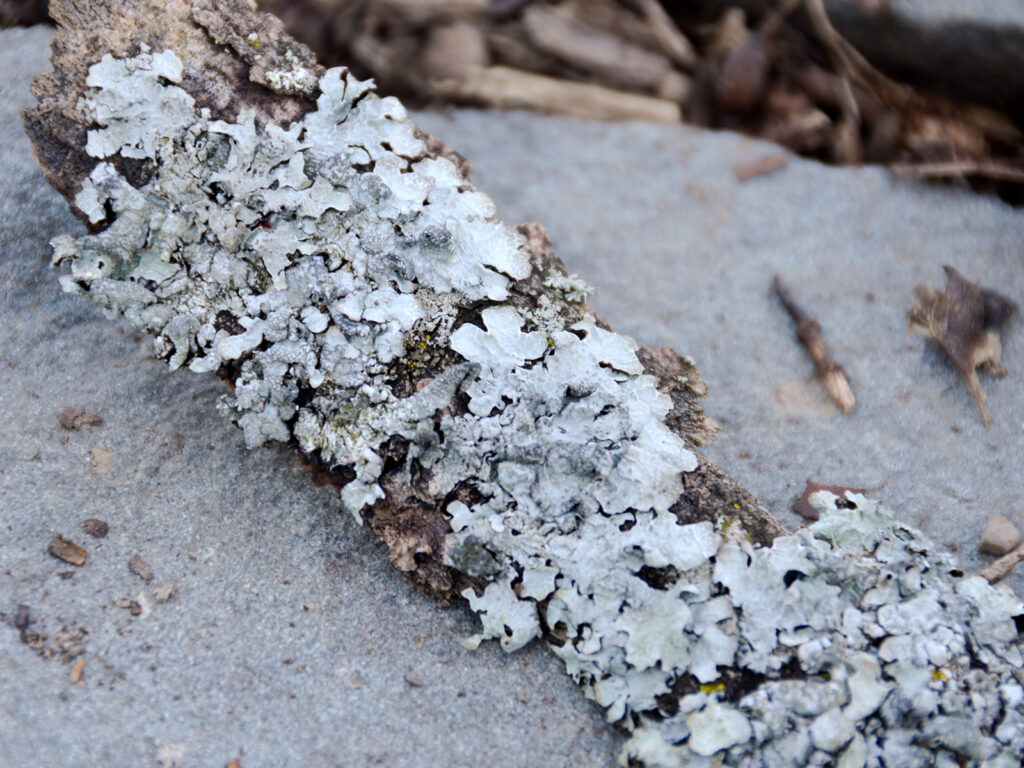
Lichens on our rocks
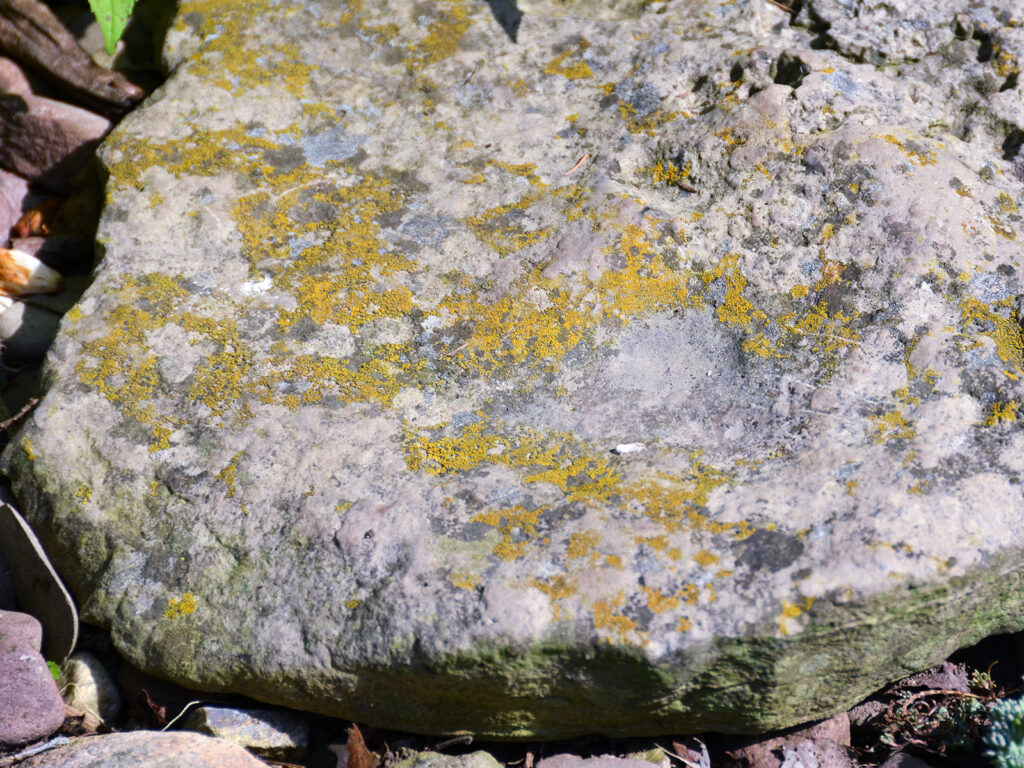
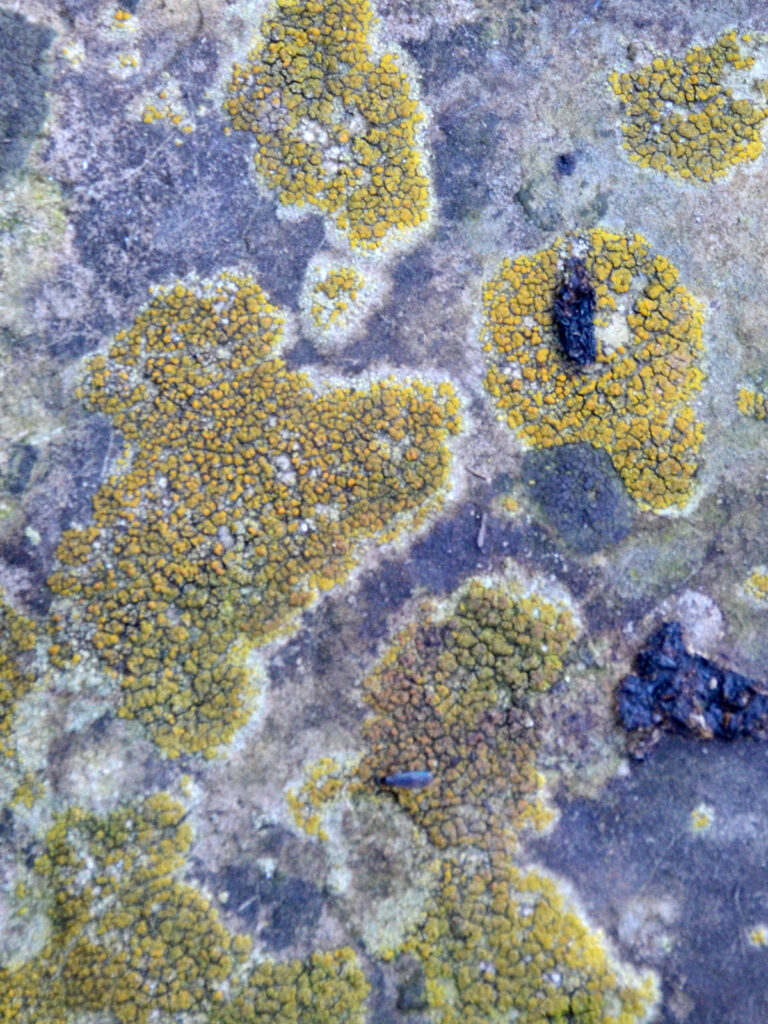
Molds and more
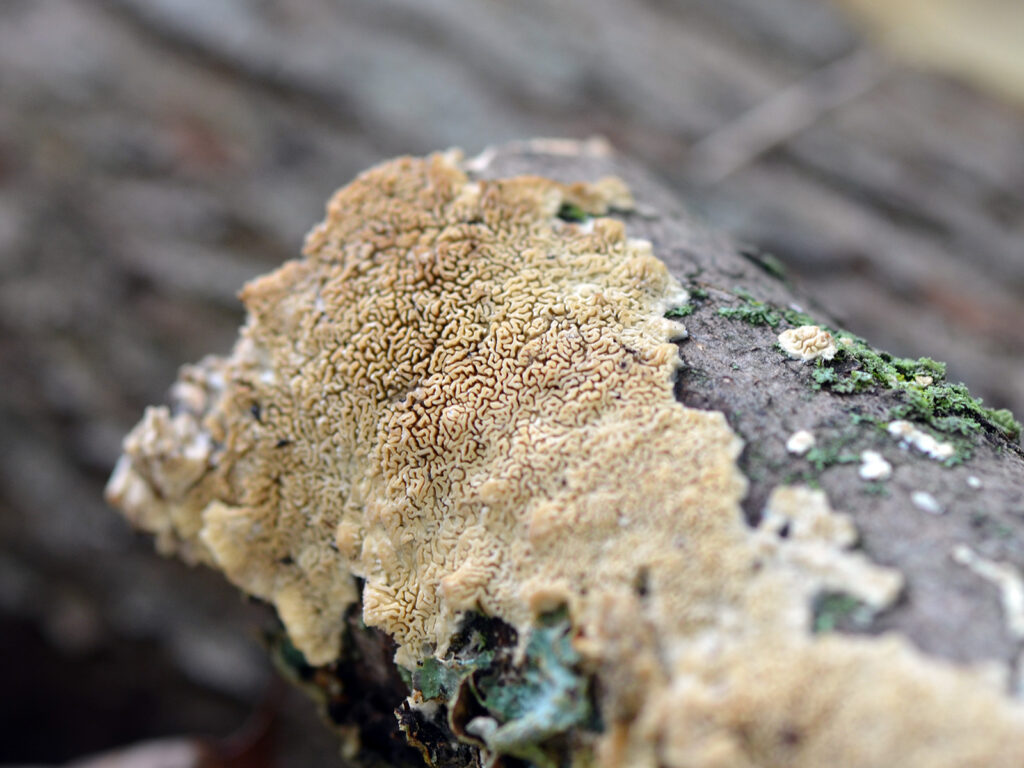
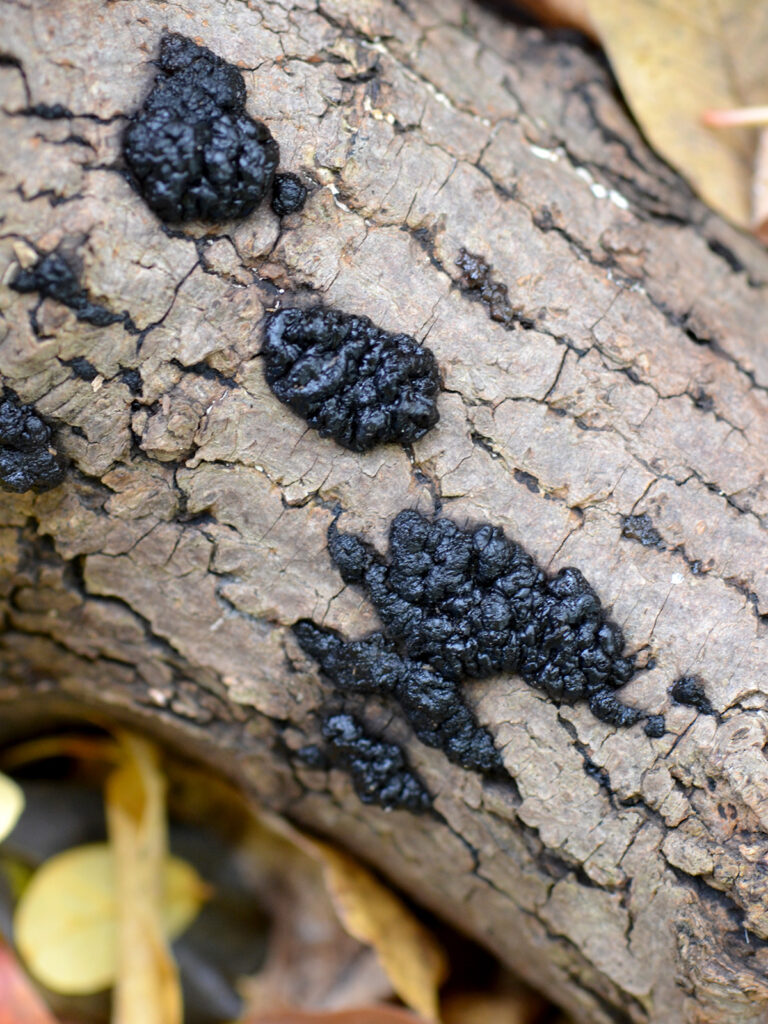
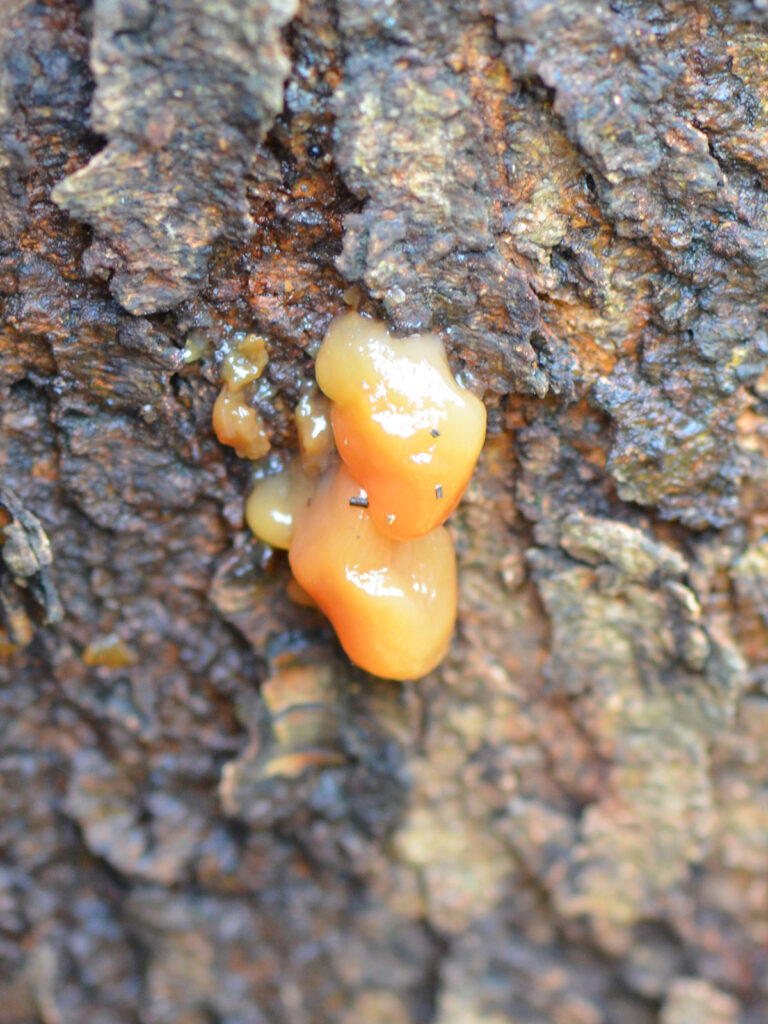
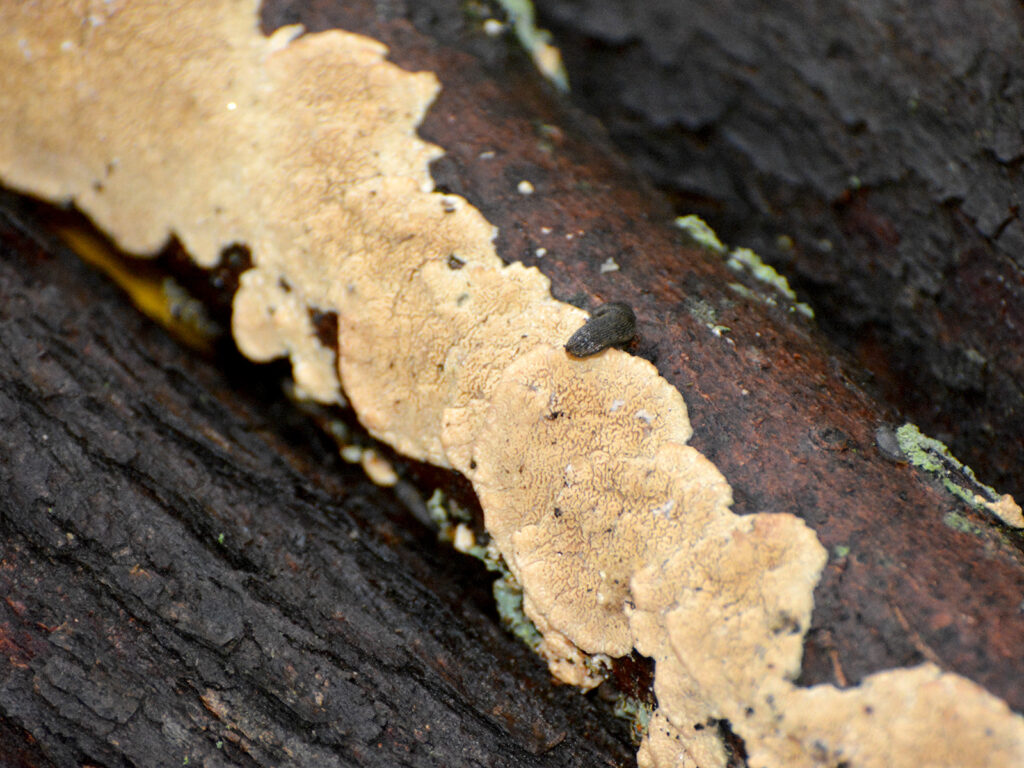
Slime molds
Slime molds are soil-dwelling, brainless, single-celled amoebas. Not true fungi, they’re in the kingdom Protista.
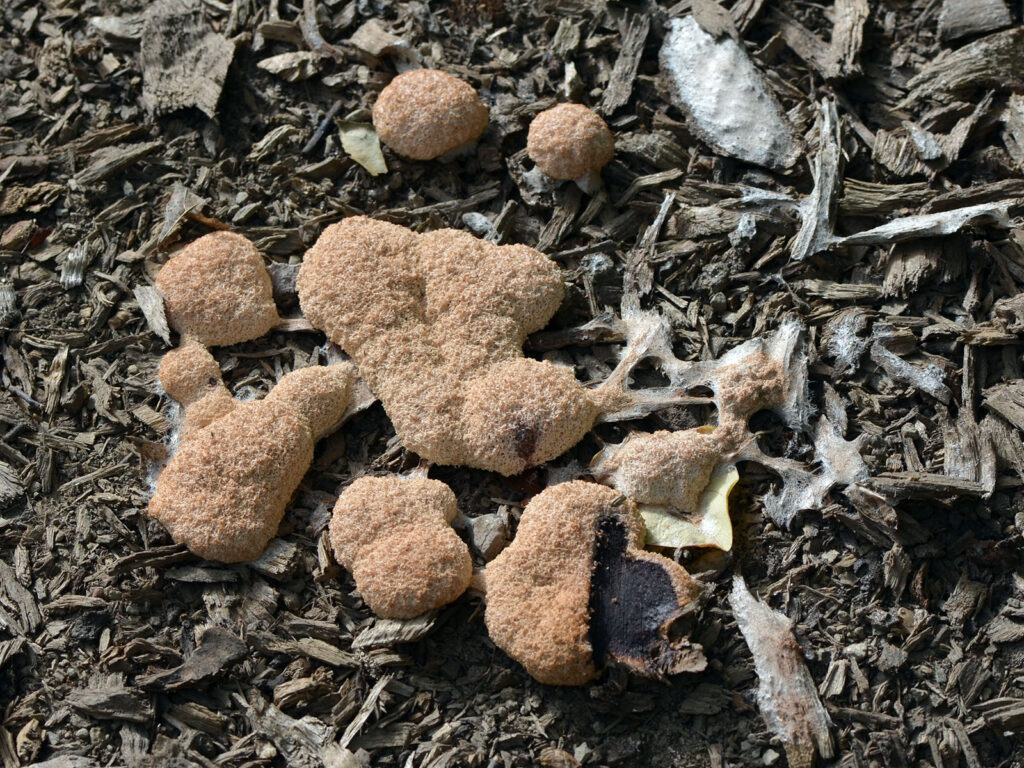
The above slime mold has the “delightful” though appropriate name: Dog vomit slime mold.
The slime mold pictured below has a much more “tasteful” name: Tapioca slime mold.
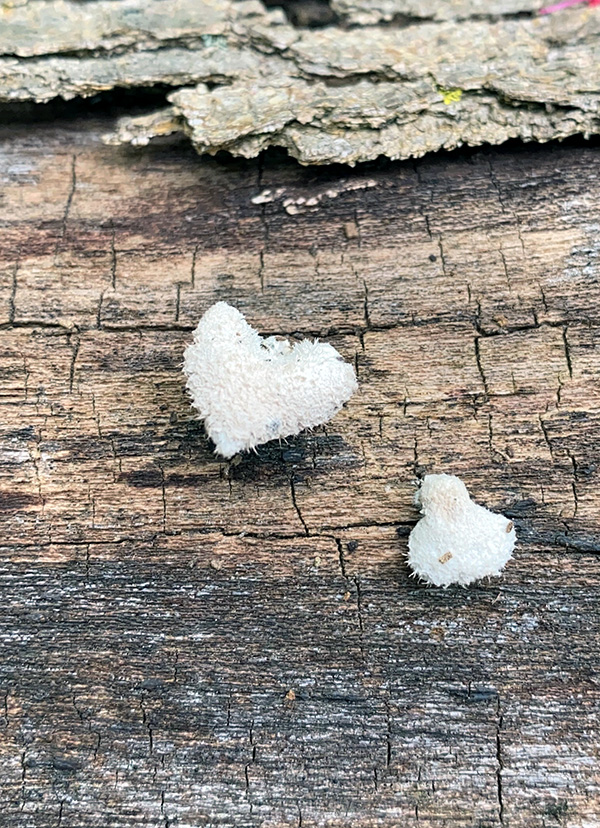
Tapioca slime mold found on one of the logs lining our path.
As with so many other things, as I researched this it was interesting to find that:
1) everything indicated that it causes no problems and actually has some benefits, BUT
2) most of the questions and answers were how to get rid of it in your yard!
- Learn more:
- Scientific American: How brainless slime molds redefine intelligence
- Sawyer County Record: Discovering the wisdom of tapioca slime mold
- Westborough News: Slime molds are odd sights in the woods
- Tryon Naturalist Notes: Slime molds: The weeds of the forest
- Baltimore Woods Nature Center: The amazing slime mold
Mycelium
Mycelium are the underground “threads” of the greater fungal organism.
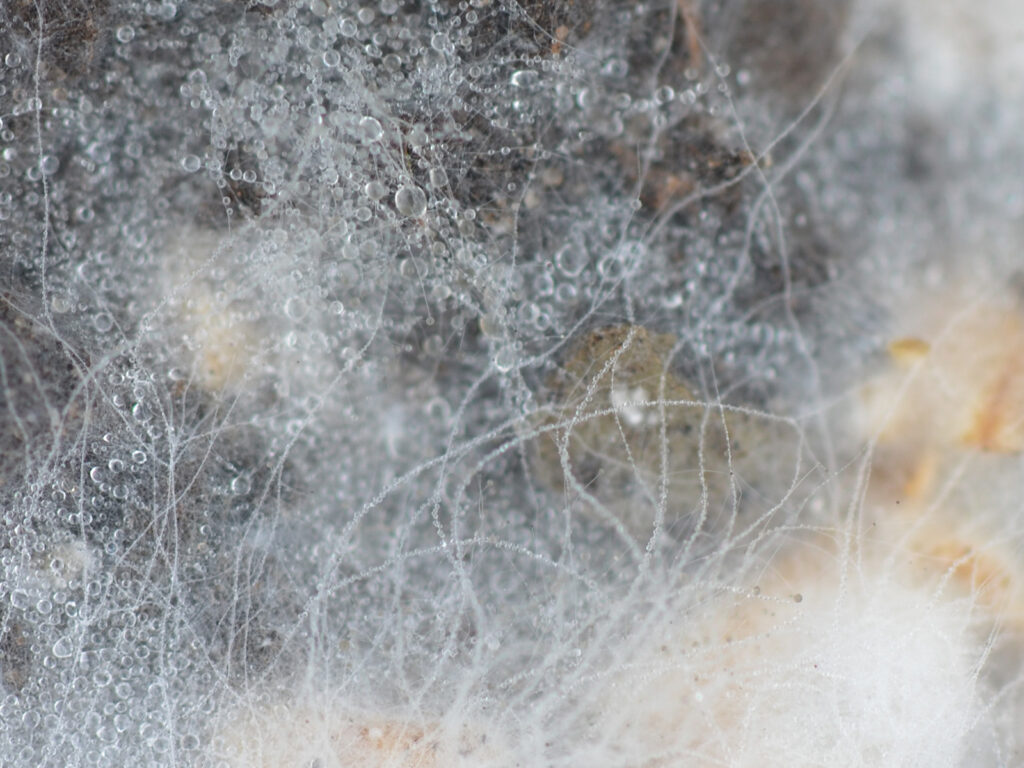
Resources
- One Earth:
- David Suzuki Foundation:
- To the Best of Our Knowledge:
- TED Talks:
- Crowther Lab:
- VIDEO: Why and how should we protect the soil microbiome – 4 min.
- PBS News Hour:
- PBS NOVA:
- VIDEO: Secret mind of slime
- Horticulture for Home Gardeners:
- Biodiversity for a Livable Climate:
- PennState Extension:
- VIDEO: Do lichens cause harm to trees? Answer: NO!
- Fall fungus among us
- Ecological Landscape Alliance:
- Wisconsin State Herbarium:
- National Forest Foundation:
- NY Times:
Reflections
All fungi are edible. Some fungi are only edible once.
~ Terry Pratchett
A REMINDER to never eat any fungus unless a true expert has identified it as safe!
In the wake of catastrophes, fungal diversity helps restore devastated habitats. Evolutionary trends generally lead to increased bio-diversity. However, due to human activities we are losing many species before we can even identify them. In effect, as we lose species, we are experiencing devolution — turning back the clock on biodiversity, which is a slippery slope toward massive ecological collapse. The interconnectedness of life is an obvious truth that we ignore at our peril.
~ Paul Stamets
